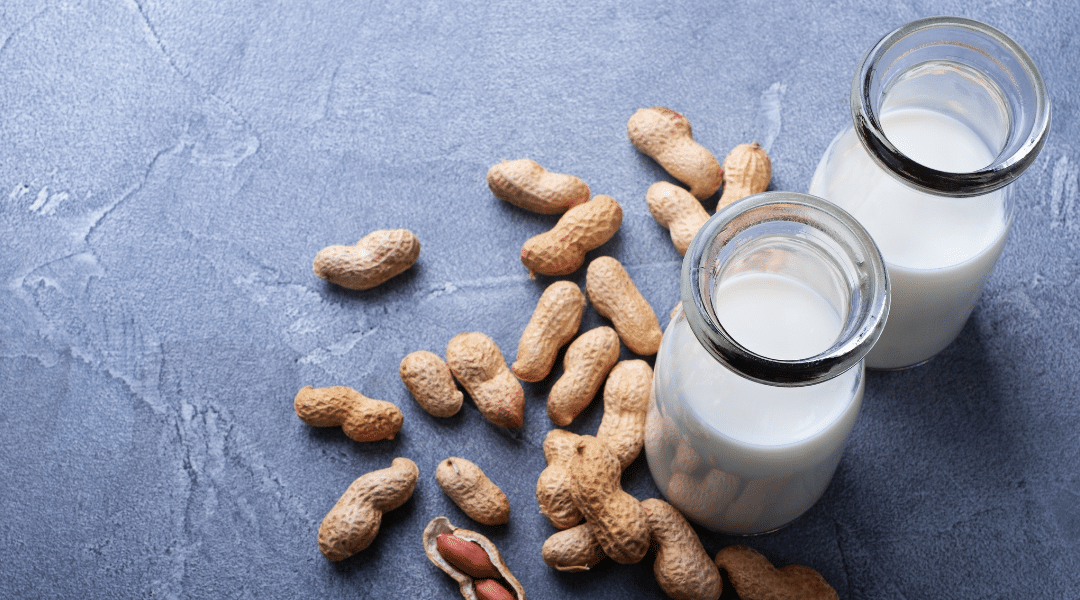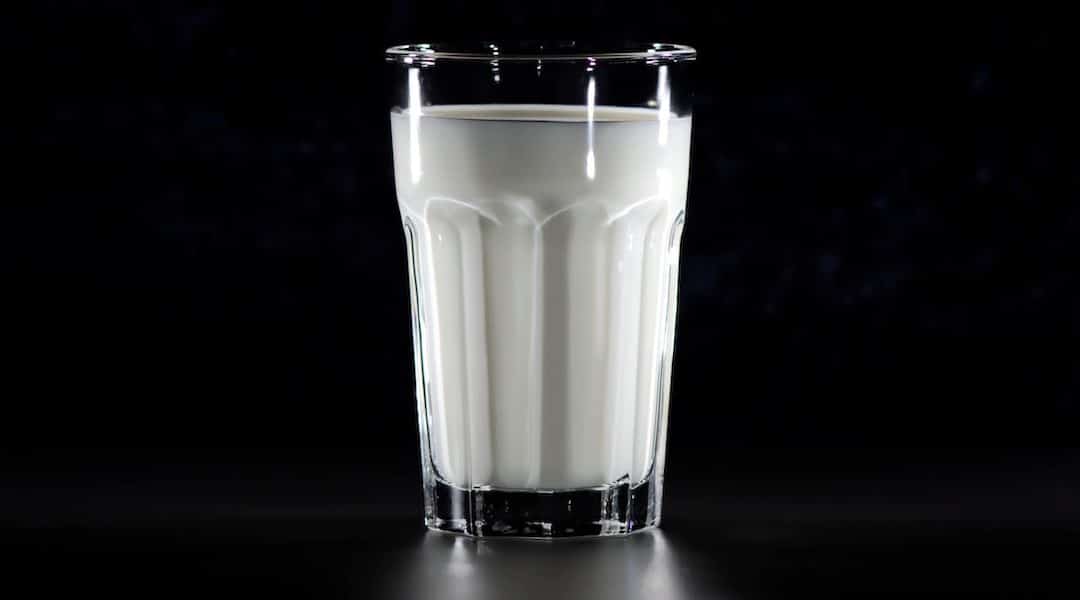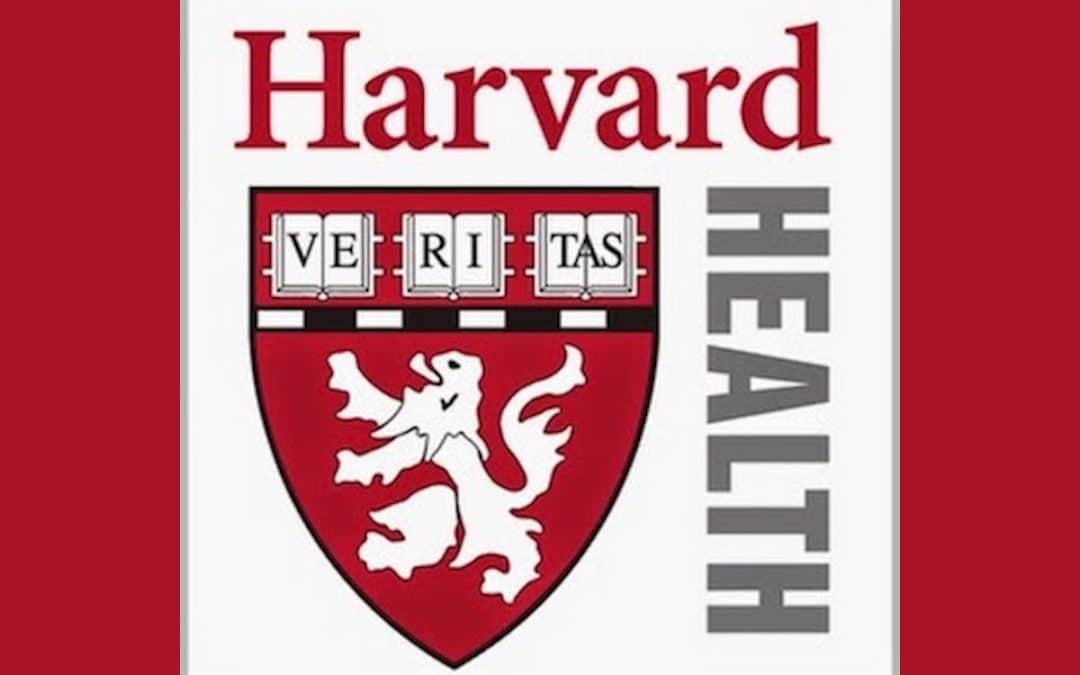According to the latest research, dairy is not what young and growing kids need. Researchers at the University of Osnabrück, Germany found that while cow’s milk may make kids grow big and strong, it could also lead to too much growth in addition to health complications later in life including acne, diabetes, cancers, neurodegeneration, and more. The issue lies in the interaction between dairy and mTORC1—the master switch when it comes to eukaryotic cell growth. Expedited or uninhibited growth caused by dairy consumption can lead to several serious diseases. Numerous epidemiological studies have linked regular dairy consumption with increased risk of health issues, but now, researchers are finally pinpointing a causation—not just correlation. Here is a brief synopsis of this groundbreaking study.
What Is mTORC1
mTORC1 is a mammalian protein complex responsible for signaling for a number of biological functions including cellular growth, lifespan, and division. It is an essential signaling system, but excess triggers that cause mTORC1 to switch on can lead to a number of diseases and health issues that are prompted by expedited cell growth.
Dairy and mTORC1
Research author Bodo Melnik emphasizes that cow’s milk (and cow’s milk products) are more than just a blend of micro and macro nutrients. Milk (from any animal) is a biologic signaling system—it’s engineered to stimulate growth. When milk is being transferred from a mother to an infant, this growth is necessary. Outside of this very narrow scope, milk can be hazardous. Humans have crossed the line. While we do use our own milk to nurture our own species, we have also gone far and beyond nature’s intended biological use. Humans not only consume milk from another species, they continue to consume it far past infancy and into adulthood. Every time dairy is ingested, the signaling system specially designed for baby cow growth enters our system, and the result is not a positive one.
Dairy Induced mTORC1 Signaling
This study explains the pathway between dairy ingestion and increased mTORC1 activity. Specific amino acids found in cow’s milk including tryptophan, methionine, and arginine are responsible for increased IGF-1 production which consequently signals mTORC1. These amino acids are also known as BCAAs which are often found in performance enhancement supplements. They assist muscle protein synthesis and enable growth. Again, growth is necessary in some situations, but excess growth can be detrimental to human health. Dairy contains a higher concentration of BCAAs than most plant or animal food sources. Further, BCAAs are easily broken down by the digestive system and therefore readily stimulate mTORC1. Additionally, the lactose found in all dairy products can stimulate mTORC1. When broken down in the body, lactose reverts to glucose and galactose, both of which trigger mTORC1.
Melnik discovered another revolutionary connection between cow’s milk consumption and mTORC1 signaling. Cow’s milk contains microRNA (miRNA) which carry instructions for the body to build proteins. This microRNA is not eliminated via pasteurization, and it will enter any body that consumes dairy. Melnik highlighted two types miRNA that are prevalent in cow’s milk: miR-148a and miR-21. miR-148a is the most common in domestic cattle and is responsible for increasing milk yield. When it gets into the human system, it can suppress the expression of DNA methyltransferase 1—a gene linked to insulin, IGF-1, fat mass, and obesity. It also signals mTORC1. Melnik also cautioned against miR-21. In his study, the presence of miR-21 was over 100 times greater in human participants six hours after consuming cow’s milk. Melnik observed that this miRNA strand “Activated mTORC-1, promotes growth and anabolism, and is regarded as an oncomir prompting sustained cell proliferation and cancer growth.”
mTORC1 Signaling and Disease
Melnik cites several studies focusing on the correlation between mTORC1 signaling and various conditions. Many Danish studies pointed to a positive link between maternal dairy consumption and birth weight. Regular dairy intake resulted in significantly larger babies at birth and continued consumption of dairy by the child was associated with higher BMIs in children two to four years old. All parents want their children to grow up big and strong, but there is a limit to this growth. Research has shown that increased height and BMI puts individuals at a greater risk of acne development. In the study, Melnik goes into critical detail as to how dairy signals mTORC1 which in turn drives acne production. He also connects the dots between milk consumption and diabetes. Several cohort studies have linked milk consumption with increased risk of this disease, but Melnik explains this occurrence by citing mTORC1 hyperactivity signaled by specific genes found in dairy milk including miR-148.
Over-stimulation of mTORC1 may also explain why dairy is positively associated with increased risk of certain cancers including prostate, breast, and lung cancer. For example, in specific regards to breast cancer, mTORC1 plays a large role in estrogenic signaling in breast cancer cells. Melnik also makes the argument for milk consumption and its relation to Parkinson’s Disease. Again, over-stimulated mTORC1 is the culprit.
Conclusion
There is a lot more to dairy than what’s listed on the nutrition label. At its essence, cow’s milk is a complex signaling system intended by nature to grow a 100-pound calf into a 1,000-pound cow. When ingested by humans, that kind of growth can go haywire. Of course, humans won’t develop the ability to gain hundreds of pounds, but it’s less about the physical growth and more about the overgrowth and over-stimulation of cells that is concerning. A plethora of serious diseases can be linked back to this phenomenon, and it’s worth considering the next time you stroll down the dairy aisle. Sometimes growth isn’t what your body needs.








